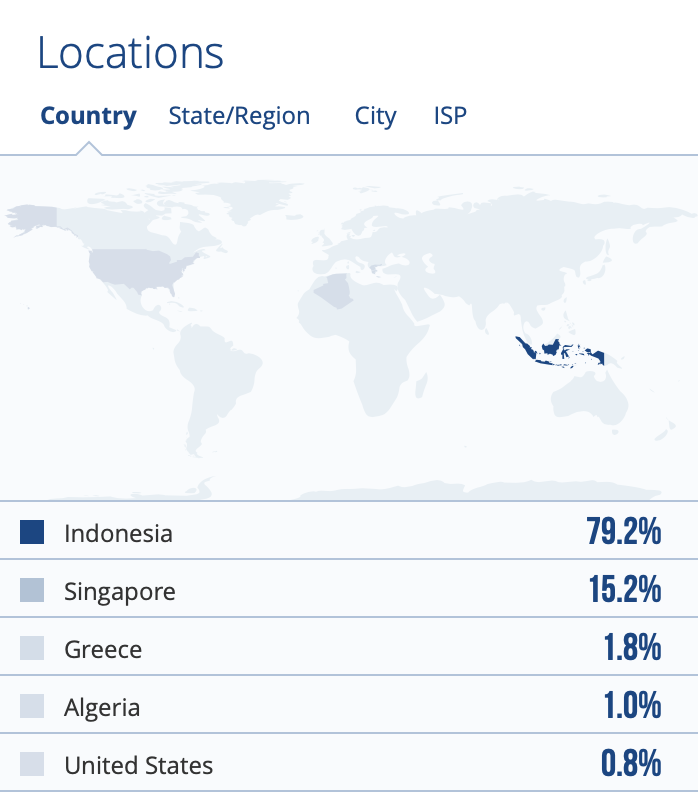The Implementation of Interactive Reading in Teaching Reading Comprehension at Twelfth-Grade Students of Senior High School Level
DOI:
https://doi.org/10.31980/eealjournal.v7i3.2037Keywords:
Interactive Reading Approach, Reading Comprehension, Teaching ReadingAbstract
Reading is a crucial skill for academic and personal purposes, providing information and learning from texts. This study aimed to examine the effect of an interactive reading approach in improving students’ reading comprehension at 6th State Senior High School in Pariaman. The researcher used a pre-experimental one-group pretest-posttest design. The sample consisted of 32 students who received specific instruction on an interactive reading approach. Data collected from the pre and post-tests was analyzed using the Paired Sample T-Test in SPSS version 29. The paired sample test results showed a statistically significant difference between pre-test and post-test scores of -17, with a t-value of -15.830 and a p-value less than 0.001. This rejects the null hypothesis (H0) and accepts the alternative hypothesis (H1), indicating a significant difference between the two scores. This confirms that the learning intervention significantly improves students' reading comprehension, with an average difference of 17 points. Based on the result, the researcher suggests that the interactive reading approach can be an effective method for teaching reading to students, providing a more engaging lesson.
References
Audina, Y., Zega, N., Simarmata, A., Situmeang, K. V., & Tarigan, S. N. (2020). An analysis of teacher’s strategies in teaching reading comprehension. Lectura: Jurnal Pendidikan, 11(1), 94-105.
Brown, H. D. (2001). Teaching by Principle: An Interactive Approach to Language Pedagogy. San Fransisco: Longman
Brown, H. D. (2007). Teaching by Principles. White Plains, NY: Pearson Education.
Cahyono, B.Y. (2011). The Teaching Language Skill and English Language Components Malang. State University of Malang Press.
Creswell, J. W. (2014). Research design: Qualitative, quantitative, and mixed methods approaches (4th ed.). Thousand Oaks, CA: Sage.
Dania, R. (2020). Using Online Short Stories to Promote Students’ Reading Habit. Paper presented at the 7th International Conference on English Language and Teaching (ICOELT 2019), 411, 140-144.
Frimasary, A. E., & Syahrial, S. (2017). Using short story to improve student’s reading comprehension (a study at the second year student of smpn 2 kota bengkulu). JOALL (Journal of Applied Linguistics and Literature), 2(1), 44-50.
Grabe, W. (2007). Reading in a Second Language: Moving from Theory to Practice. New York: Cambridge University Press.
Hatch, B. (2001). From Practice to Perform- A Manual of Teacher Training Workshop Volume Two. Washington DC: The Office of English Language Program.
Mikulecky, B. S. (2011). A short course in teaching reading: Practical technique for building reading power. United States: Pearson Longman.
Monarisa, A., & Suwarno, B. (2016). Teaching reading comprehension through the interactive technique. JOALL (Journal of Applied Linguistics and Literature), 1(1), 29-37.
Nur, A. H., & Ahmad, D. (2017). Improving students’ reading skill through interactive approach at the first grade of SMAN 1 Mare, Bone. ETERNAL, 3(1), 45-56.
Sugiyono. (2013). Metode Penelitian Pendidikan (Pendekatan Kuantitatif, Kualitatif dan R&D). Bandung: Alfabeta.
Downloads
Published
How to Cite
Issue
Section
License
Copyright (c) 2025 English Education and Applied Linguistics Journal (EEAL Journal)

This work is licensed under a Creative Commons Attribution-NonCommercial-ShareAlike 4.0 International License.






